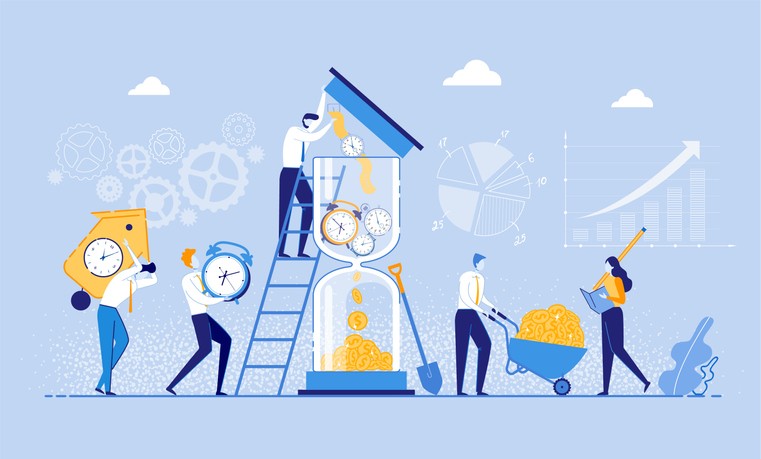In 1847, inventor Werner von Siemens developed the pointer telegraph and followed up in 1866 with a prototype for the dynamo. Today, the company he founded is a household name and Europe’s largest electronics and engineering company. Siemens is also the world’s leading supplier of energy technology.
While renewable energy resources are becoming increasingly important. With pioneering technology, Siemens gas and steam turbines make sure that we can produce this energy in the cleanest, most efficient way possible. But while Siemens leads the way in sustainable energy production, producing customer quotes for its gas turbine units wasn’t such a smooth process.
A complex problem required an innovative solution
The turbines are extremely complex pieces of equipment. Each sits within a wider power plant solution which is tailored to each customer’s unique specifications and site conditions. The air intake assembly alone, for example, has 120 variants. Factor in all the configurations and combinations that come along with that; and things get complicated very quickly.
This complexity posed a challenge for Siemens. Because the turbines are highly customized – and the combination of variables almost endless – producing customer quotes was a lengthy and complicated process. A full customer proposal was often 500 pages long, took eight weeks to produce, and required specialist engineering help on almost every sales case. Siemens wanted to simplify this process. They realized that streamlining product configuration and quote production would save both time and money, and give the company a competitive edge. What they didn’t realize, was just how dramatic the results would be.
With the Tacton CPQ, Siemens quickly saw that they could streamline by creating pre-made assemblies, including standardizing much of the core turbine engine. Simplifying the product architecture in this way has reduced demands on engineering. As Åsa Johansson, who is responsible for global coordination of the Tacton project at Siemens explains, “In our previous system, we had thousands of business rules. Using Tacton’s system, we now have just a few hundred and this has made system maintenance so much easier”.
Sales reps can produce accurate quotes on the fly
The technology also means that the sales team can now configure turbines during customer meetings. Sales reps only need to address the parameters that the customer wants to customize – the configurator automatically optimizes the rest of the assembly. The results Siemens have seen are dramatic. Where it previously took eight weeks to produce a customer quotation, sales reps can now produce accurate, high-quality quotes, with pricing, in a matter of minutes. And product specialists are now only required on the most complex cases.
Jan Nilsson, Senior Engineer CRM Process & IT Development at Siemens explains, “The beauty of the Tacton is that it will guide the sales rep through the sale and get the configuration of the product and quotation correct each time. “It now takes us only five minutes to generate a complete budget offer including pricing. This saves us tremendous amounts of time and money.”
The sales team can now focus on customer relationships and finding new business opportunities, instead of spending weeks chasing product specialists and putting together proposals. While engineers can concentrate on R&D and on supporting the really complex sales cases. Shorter sales cycles mean Siemens has the capacity to engage in more sales cases. And the company is producing accurate quotes in a fraction of the time it generally takes the competition.
And the benefits don’t end there
Regular maintenance and upgrading of parts are essential to helping the turbines run as efficiently as possible. These aftersales services are a critical revenue stream for Siemens. They are also an important cost control factor for the customer – as the more efficiently the turbines operate, the cheaper they are to run. With the Tacton system, the sales team now has insight into where and how they should offer maintenance contracts – while they are specifying the turbine with the customer. The system only prompts service options that are relevant to the particular configuration the customer is ordering. As a result, Siemens has been more successful in selling after-market services.
Want to learn more about how you can save time and money like Siemens? Schedule your personalized demo with us today!

